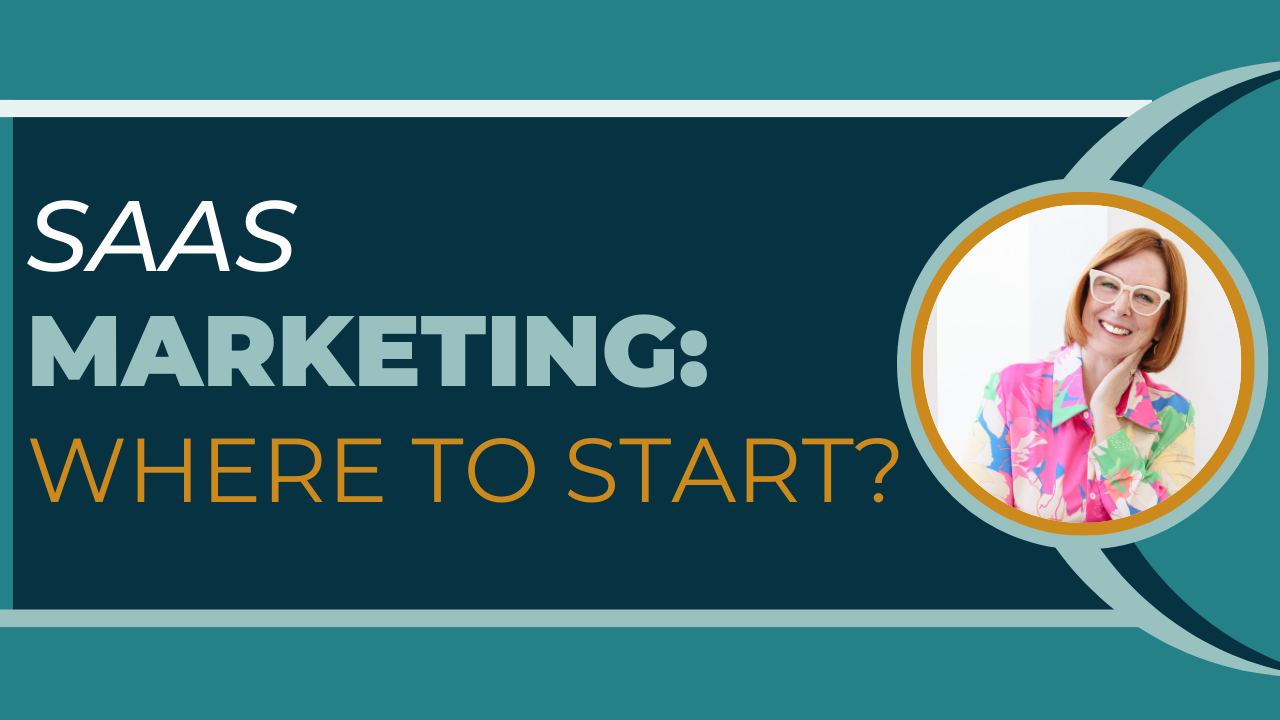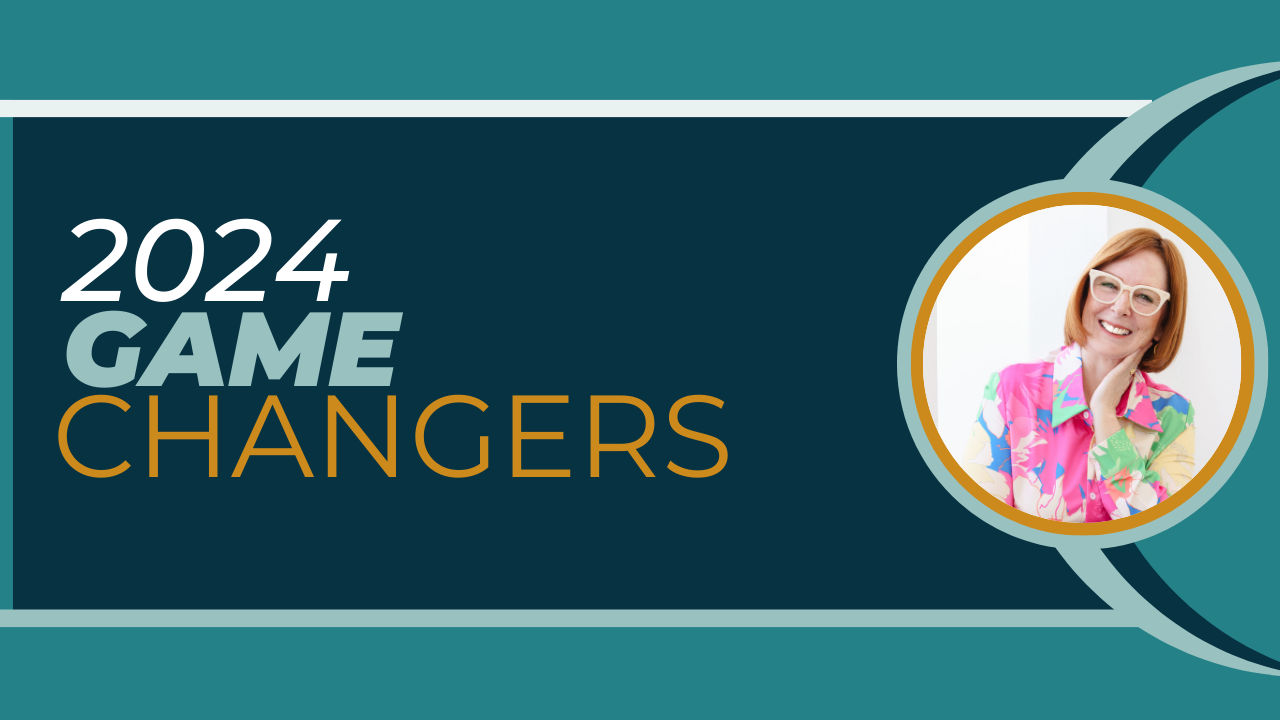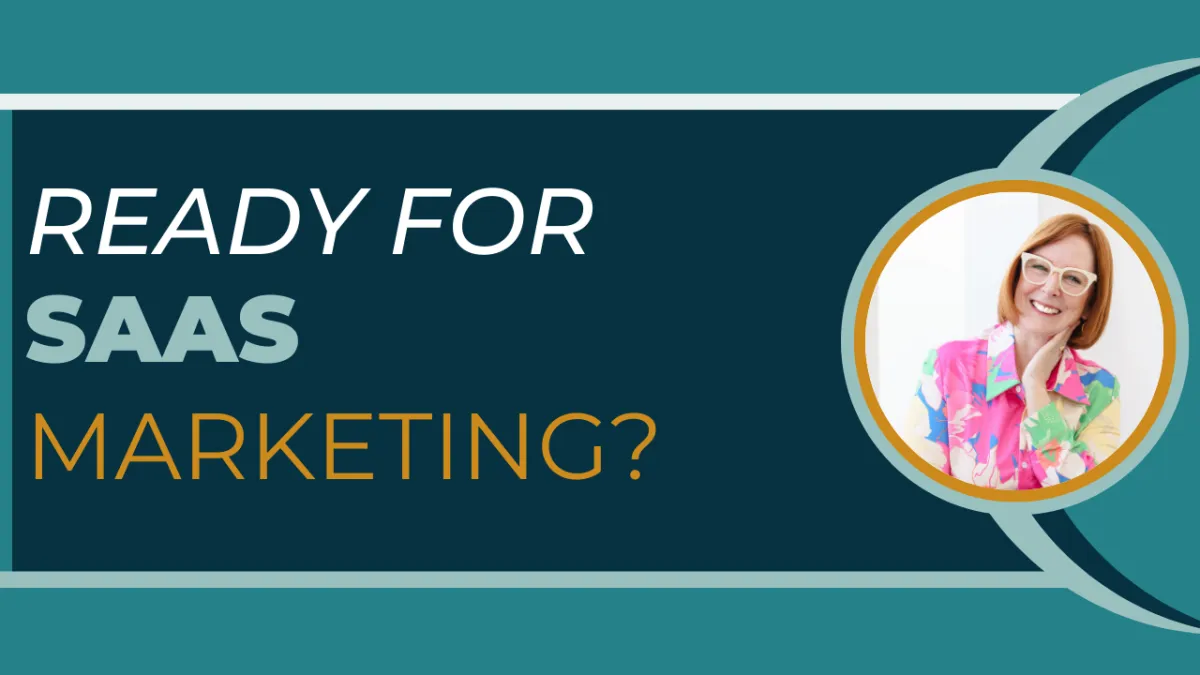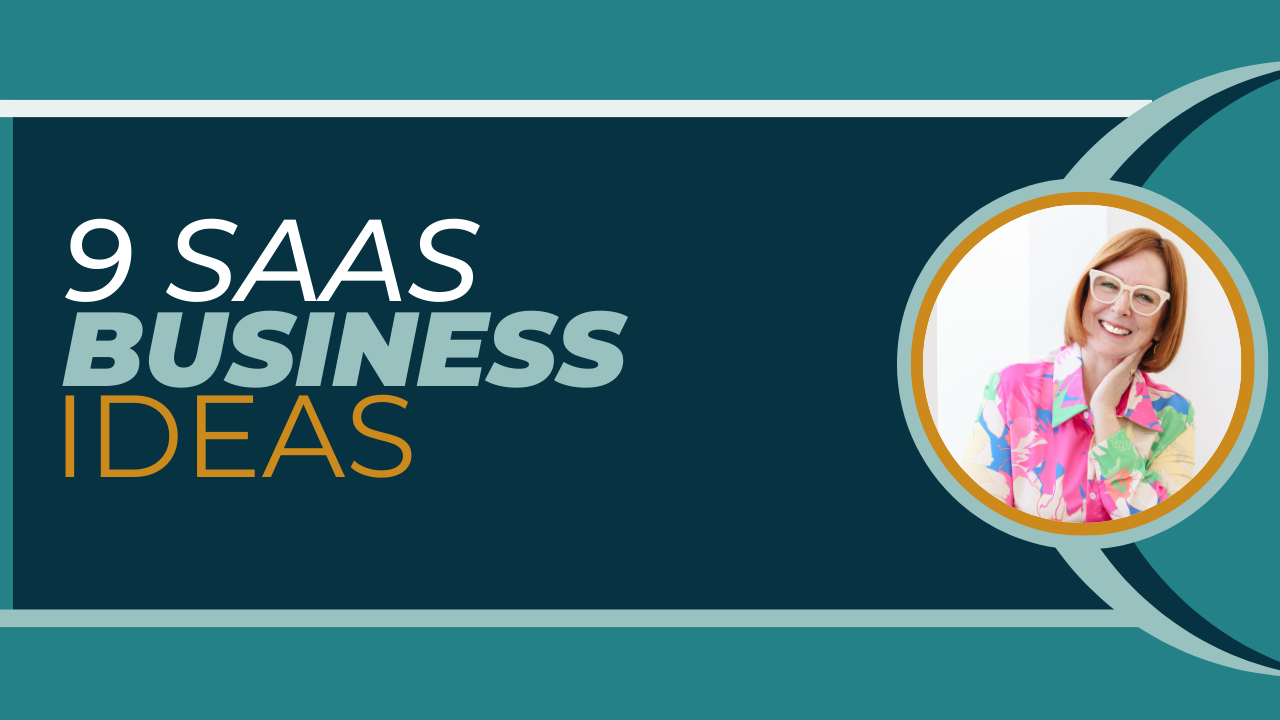A Beginner's Guide to SaaS Product Marketing
Published on: 01/05/2024
Do you know how to effectively market your products? Check out this beginner's guide to SaaS product marketing to learn the basics.
GHL/SaaS

Do you know how to effectively market your products? Check out this beginner's guide to SaaS product marketing to learn the basics.

Email marketing is a great addition to your marketing campaign. Click here for seven effective SaaS email marketing strategies to try in 2024.

Hiring a marketing agency is a great investment for many businesses. Read here for nine signs that your business needs a SaaS content marketing agency.

Are you ready to take your business to the next level? Check out these nine SaaS business ideas that will help you grow your business.